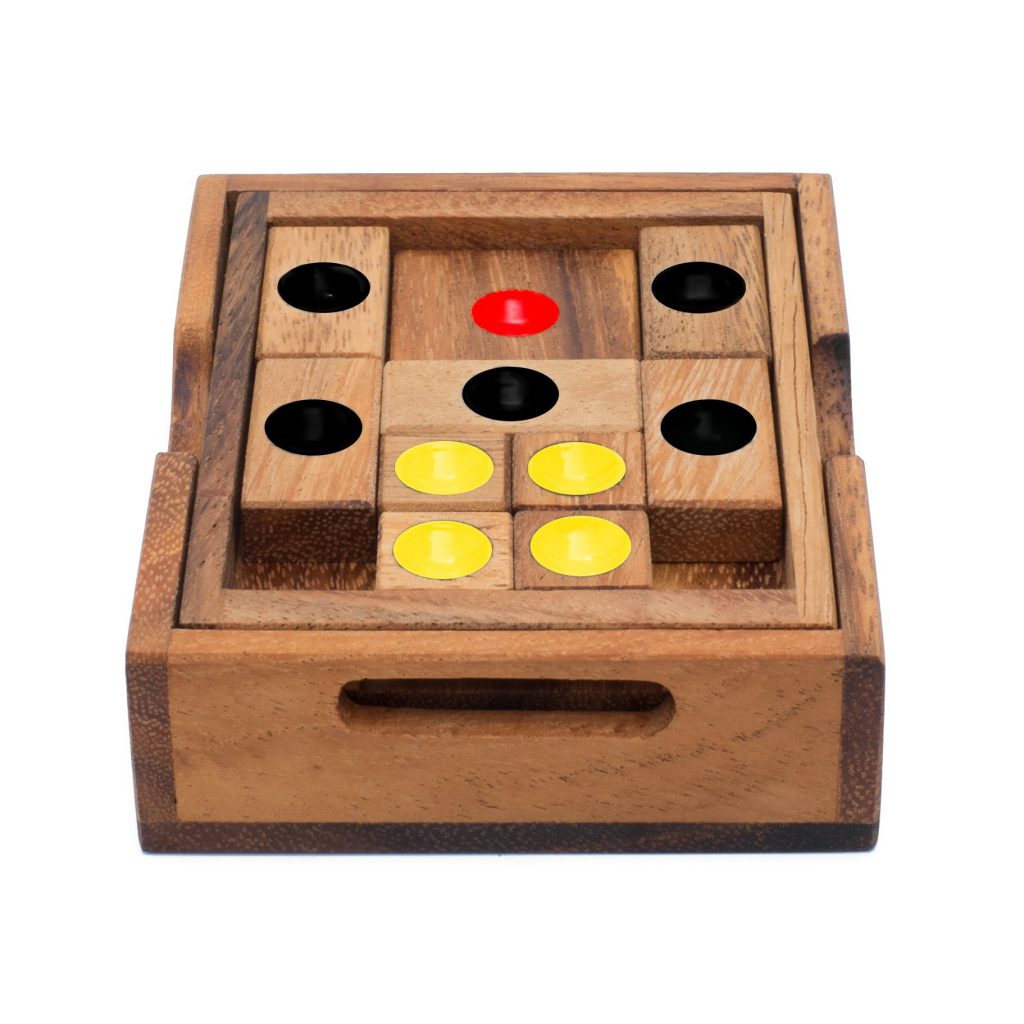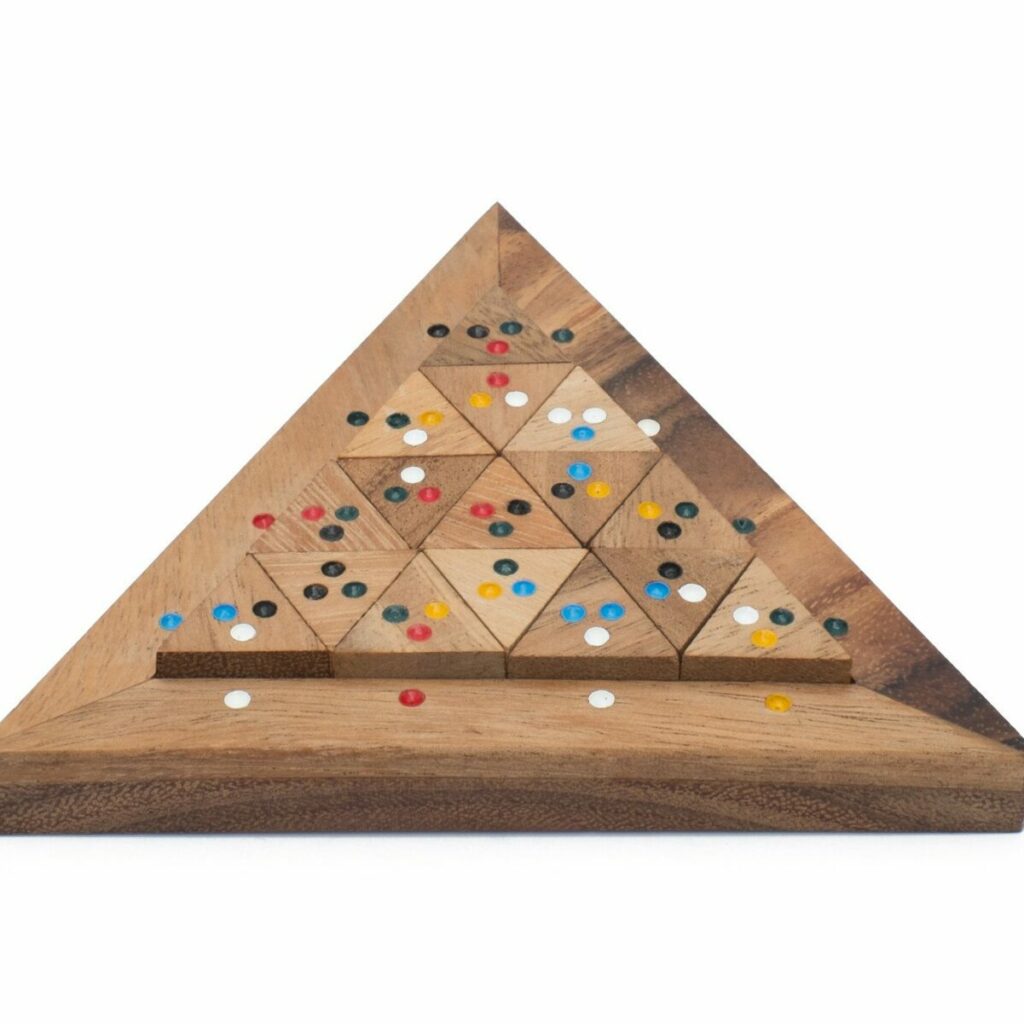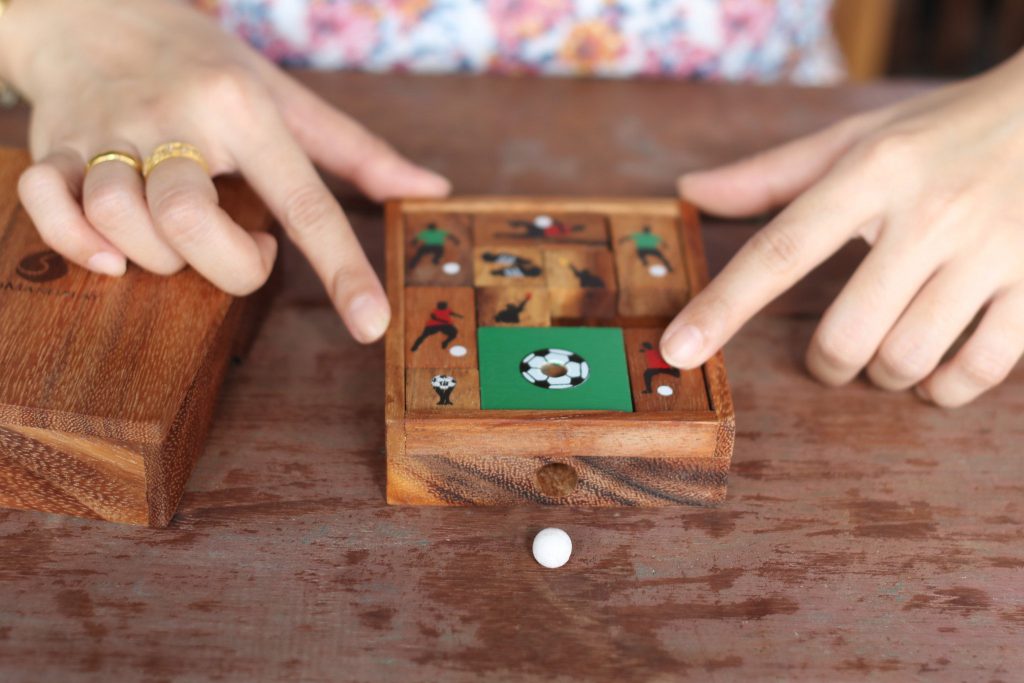
As technology improves and functionality increases, more and more electronics are entering our everyday lives. In today’s digital world it feels easier to find a screen than to avoid them. From checking work emails in the morning to watching a YouTube video during dinner, screens are always around and a significant part of our daily lives. Which is why trying to limit screen time, and put our phones down is so difficult. This has led to many adults and adolescents to try reducing their time in front of screens by whatever means they can.
Another one of the primary drivers for this uptick in screen time is the desire we’ve developed to always be entertained. When bored, it is so easy to pull out your phone and scroll through Instagram, or check in on your Facebook friends. As a result, attention spans have plummeted, and the curiosity required to find new hobbies has declined because of it. In this blog, we will look through some of the negative effects that can come from spending too much time in from of screens, as well as how using 3D puzzles can help fill the hole left by screens, while simultaneously offering numerous health benefits on their own.
First, it seems important to establish why we are interested in reducing screen time in the first place. Spending time in front of electronics is largely unavoidable, but is it really that bad for you? Are there any benefits to be gained from decreasing your time in front of screens? In the following sections we will explore some of the negative effects that come from excess screen time, as well as the benefits to be gained by reducing it.
Is a lot of screen time really that bad?
First, to answer the question of whether or not high screen time is necessarily a bad thing, the short answer is yes, although it is a bit more nuanced than that. It is not detrimental to your immediate health, and it probably won’t send you to the hospital in the near future, but it still leads to some negative health effects that could (and probably should) otherwise be avoided.
One of the most well-known, and for good reason, negative effects of excess screen time is the overexposure to blue light. There is lots of misinformation out there about blue light, but to put it simply, here’s what you need to know about why blue light is harmful: It harms your circadian rhythms, damaging your sleep cycles and preventing you from getting deep fruitful sleep.
Blue light exposure tricks your brain into thinking that it is still daytime, regardless of whether or not it is day or night. This prevents your brain from producing melatonin which allows you to sleep. If this all still sounds complicated, think about it at its most base level with the following premises:
- The sky is blue during the daytime.
- Your brain knows it is not time to sleep when it is daytime.
- When your eyes encounter blue light, your brain thinks that it is not time to sleep.
This is a large part of why there are so many recommendations that advise against looking at screens within a certain amount of time from when you plan to sleep. Give your body time to get away from the blue light, and prepare for night when your body is really meant to be sleeping.
Although blue light has only been proven to impact sleep cycles, screen time itself has many more negative health implications associated with it beyond just blue light. Excess exposure to screens can have negative effects on your stress levels, brain health, and in some ways even your weight.
How can limiting screen time help your health?
As a result, the benefits to be gained from reducing screen time are considerable (even before you replace them with a health positive activity like puzzling or exercise). Cutting out some screen time can serve to mitigate the aforementioned negative effects while also improving health in some areas.
Due to the fact that screens increase the stress on your central nervous system, spiking cortisol levels; by reducing screen time, you give your brain the chance to balance these chemicals out and get back to your natural equilibrium. This results in a more stable demeanor and mood throughout the day.
Effects of screen time on body weight tend to be more straightforward, primarily in that the majority of the time you are in front of a screen, you are stationary. Whereas you could otherwise be exercising and living a more active and healthier lifestyle. Reducing screen time gives more opportunities for exercise, and the chance to lead a healthier life. Although, this point does not hold for every single instance of screen consumption, still, some studies have shown an inverse correlation between deregulated circadian rhythm and obesity rates among small mammals (Karatsoreos et al.).
Why are puzzles such a great substitute for screen time?
If you are looking for a healthier alternative to aid in lowering your screen time and mitigating the aforementioned effects, then 3D wooden puzzles are the perfect activity to keep your brain occupied, and away from the mind-numbing pixels. 3D wooden puzzles are an excellent way to pass the time while keeping yourself entertained without screens. Not only do puzzles offer the opportunity to have fun and avoid screens, but puzzling also boasts some cognitive and health benefits in its own rite, beyond the replacement value versus screens.
Let’s start with the most important aspect for any screen-substitute, and that is its entertainment value. The variety of entertainment and information offered by television and social media is vast, but so is the puzzling world. There are countless different kinds of puzzles that can then be divided even further into smaller categories. Each with different mechanisms, piece numbers, objectives, methods of play, materials, and the list goes on.
Any one puzzle has the potential to offer hours of amusement. Once you factor in the replay value, and the sheer number of puzzles, it becomes clear that they are a more than capable substitute for the time you would typically spend on screens. The world of 3D puzzles can keep you focused and amused for as long as you need. Some collectors like Jerry Slocum and James Dalgety (contributing to the Hordern-Dalgety puzzle collection) in total have compiled over 50,000 puzzles between them.
What are the health benefits of puzzling?
Beyond the fact that puzzles are a fun and interesting alternative to screen time, there are also health benefits that go along with using puzzles. Compounding the benefits of puzzling with those of limiting screen time can result in some noticeable quality-of-life improvements.
Using puzzles has been shown to help the user in relaxing, lowering heart rate, blood pressure, and even helping to regulate breathing rate. Puzzles also work especially well as a substitute for screen time because it engages the mind in a similar way. It gives you the chance to work with something mentally, physically, visually, and sometimes even auditorily. Engaging multiple senses along with your brain simultaneously keeps you amused in way that is much like scrolling through Instagram, but without the damage of constant dopamine hits.
Another significant benefit briefly mentioned before involves the implications of screen time on your memory. Constant screen time decreases short term memory and attention span. The nature of the internet rewards users for quick low-effort tasks, which conditions your brain to lower its attention span in order to move on to the next thing. Using puzzles that can sometimes take hours to complete offers the complete opposite experience. Working with 3D puzzles necessitates focus.
Avoiding distractions and giving your undivided attention is crucial to reaching the solution of a 3D puzzle. What’s more, it pays to keep track of mistakes and continue learning as you try to solve. So much of the puzzling process involves trial and error, seeing what works, what doesn’t, and planning how to proceed from there. Demanding more from your short-term memory is one of the best ways to be successful with puzzles. Which presents the opportunity to continue training this part of your brain, rather than hurting it like time spent on screens might.
When you reduce your screen time, you are quite literally slowing your brain down. Allowing it to focus without constant distractions. It is also worth noting the differences in nature between puzzling and screen time. Puzzling requires active participation, not only from your brain, but from your body as well. Neither one can finish the puzzle without the other, whereas watching a screen is typically a passive activity. Where the user is not engaged or solving any problems, but more like a passenger.
It’s even possible to add social interaction or cooperation and competition into your puzzling, allowing for an added benefit that isn’t possible through screen time either. Captivating the attention of two people, and having them work together to solve a problem provides a significantly different experience than replying to an Instagram post, or even discussing a TV show on facetime after viewing.
In conclusion, there are a wealth of benefits to be gained from limiting screen time in general, but by adding 3D puzzles into the mix, you can go even further towards reversing the detriments borne from excessive screen time. The National Heart, Lung, and Blood Institute recommends no more than two hours of screen time per day (outside of work/homework related activities). If you exceed this number on a typical basis, and are interested in cutting down, puzzles are the way to go! Check out our wide variety of puzzles for sale and take the next steps towards improving your health today.
Puzzles to Help You Avoid Screens
References
Karatsoreos, I. N., Bhagat, S., Bloss, E. B., Morrison, J. H., & McEwen, B. S. (2011). Disruption of circadian clocks has ramifications for metabolism, brain, and behavior. Proceedings of the National Academy of Sciences of the United States of America, 108(4), 1657–1662. https://doi.org/10.1073/pnas.1018375108
Nakshine, V. S., Thute, P., Khatib, M. N., & Sarkar, B. (2022). Increased screen time as a cause of declining physical, psychological health, and sleep patterns: A literary review. Cureus, 14(10), e30051. https://doi.org/10.7759/cureus.30051



















